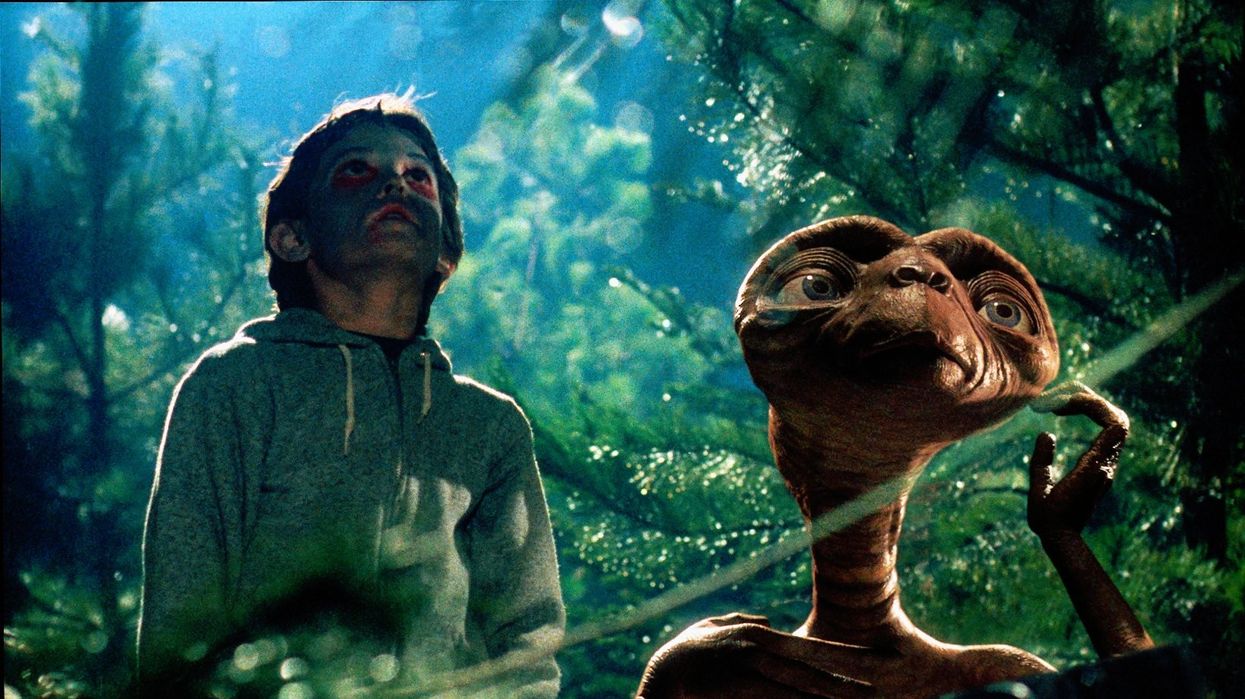Editing 'E.T.': Lessons on Creating Emotional Scenes from Carol Littleton
One of the best sci-fi films of our generation might be the perfect inspiration for up-and-coming film editors.

E.T. the Extra-Terrestrial is a beloved film for most children of the 80s, myself included. I fondly remember that weird green VHS tape and my stuffed E.T. doll.
So I was pretty excited to see that CookeOpticsTV recently interviewed the film's editor, Carol Littleton, about her experiences working on the movie. She discusses some great behind-the-scenes memories, too.
Check it out below and continue on to see our takeaways:
Littleton has amassed many impressive credits throughout her long career. She has won ACE Eddie Awards and worked with directors like Noel Baumbach, Lawrence Kasdan, and Jonathan Demme.
E.T. was among her earliest credits and earned her an Academy Award nomination.
Creature Creation through Editing
Littleton mentions the specific challenges of working with a puppet and practical effects on the set. She and Steven Spielberg knew this would be a complex and "chaotic" process involving a large team of puppeteers and at least one mime artist.
For the puppet to carry the movie and look real, Littleton's editing had to elevate the character.
"That was our main creation in the editing, was to create the creature of E.T. itself so that it would be believable," she says. "That's what we spent most of our time on."
Editing and Emotion
The film, written by Melissa Mathison, is an emotional journey of friendship and connection, and a boy growing up in a broken home. This depth is something that starts on the page with good writing but extends to everything from performances, direction, cinematography, and editing.
"When you're able to work on a project that has an emotional life as rich as that, there are a lot of scenes that are very, very rewarding for an editor," Littleton says.
She points to Elliott's first meeting with E.T. in the cornfield as one of her favorite sequences. The scene contains a mix of long, eerie shots and then several quick cuts with different focal lengths, as the unknown creature moves around the boy. Littleton says that one long shot wouldn't have been as effective at showing fear and surprise.
This is a sequence that always scared me when I was little, so it works.
Littleton also brings up the "getting to know you" scene, when E.T. first enters Elliott's room, and Elliott excitedly shows the alien all his favorite toys. The scene serves several purposes. It establishes the characters' relationship, gives a wink to Spielberg's work through the Jaws and Star Wars toys, and shows that E.T. has telepathic powers and can influence Elliott. It's a tight sequence that is both informational and emotional.
When constructing your scenes, remember that you can kill several birds with one stone in the same way.
Working with Spielberg
Whether you're at the beginning of your career or a seasoned veteran, know that you should always take opportunities to learn from those around you. While working on E.T., Littleton says it was like going to graduate school under Spielberg's direction.
"It was an extraordinary education for me to have worked with him on that film," she says.
Spielberg approached the film as a very personal and autobiographical project, and Littleton notes that he navigated several layers of emotion and meaning in every scene, even in this lighthearted, low-budget sci-fi summer film.
This level of skill and emotion made E.T. a classic for many viewers and is one reason it still resonates with audiences today.
What's next? Check out our guide for building your video editing PC!
If you're ready to take the plunge on building a custom PC, which can save you money and improve your rendering times while editing, then look no further. Soon, you'll be creating emotional scenes of your own.
So click the link, and let us know what you thought about this article in the comments!
Source: CookeOpticsTV












